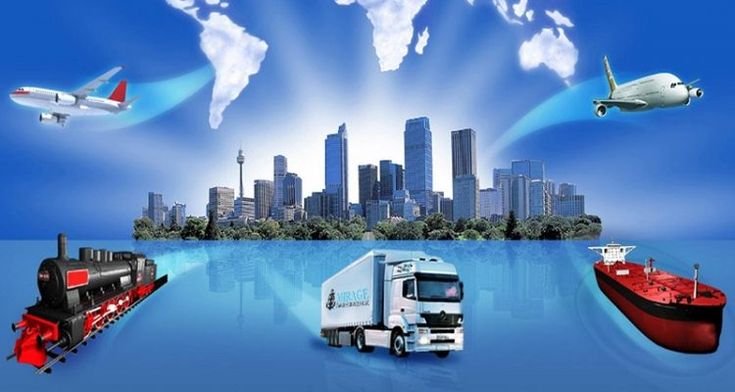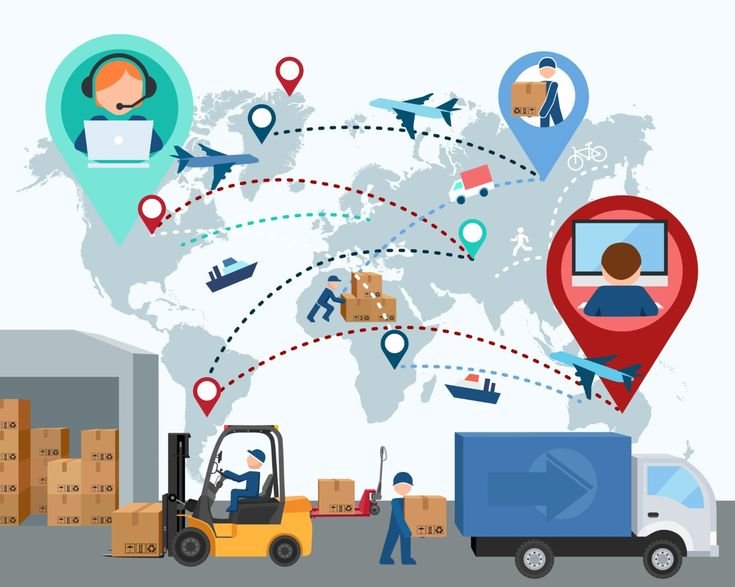
Smart Vehicle Distribution: Unlocking Seamless Access Across Major Hubs

In today’s fast-moving logistics landscape, smart vehicle distribution is no longer a luxury — it’s a necessity. As demand for faster deliveries and optimized routes increases, companies must adapt to ensure that their fleet is strategically positioned across key logistics hubs. This not only improves operational efficiency but also enhances customer satisfaction and cuts down unnecessary costs.
Let’s explore what smart vehicle distribution means, why it matters, and how it helps unlock seamless access across major hubs.
What Is Smart Vehicle Distribution?
Smart vehicle distribution refers to the strategic placement and real-time management of transport vehicles (trucks, vans, etc.) to ensure they are available where and when they are most needed. It combines route optimization, demand forecasting, data analytics, and hub-to-hub coordination to achieve smooth logistics operations.
Why Is It Important in Logistics?
Logistics companies often operate across multiple cities, states, or even countries. Without proper vehicle distribution, resources can be concentrated in low-demand areas while high-demand hubs face shortages. This results in:
- Delayed shipments
- Higher fuel and labor costs
- Wasted idle time
- Customer dissatisfaction
By deploying smart vehicle allocation strategies, companies can maintain agility and responsiveness, especially in dynamic markets like India or global import-export corridors.
Benefits of Smart Vehicle Distribution
1. Improved Turnaround Time
Vehicles strategically placed near high-demand zones or industrial hubs can reduce the time between order placement and delivery. This is especially critical for:
- B2B cargo
- E-commerce fulfillment
- Perishable goods
2. Reduced Operational Costs
Smart distribution minimizes:
- Empty return trips
- Fuel waste
- Idle vehicle hours
This leads to lower cost per shipment and better fleet utilization.
3. Enhanced Route Planning
Real-time GPS and AI-powered routing tools help reassign or reroute vehicles based on:
- Traffic conditions
- Delivery urgency
- Road closures or weather delays
This flexibility improves punctuality and avoids congestion hotspots.
4. Scalable Logistics Operations
With data-driven vehicle management, companies can scale up or down based on seasonal demand, market changes, or expansion to new hubs.

Key Strategies to Implement Smart Distribution
1. Use Demand Forecasting Tools
Predict which hubs will experience high freight volumes using:
- Historical delivery data
- Festival or seasonal trends
- B2B ordering patterns
2. Integrate with a Centralized TMS
A Transport Management System (TMS) centralizes vehicle tracking, inventory flow, and delivery schedules. This ensures smarter fleet decisions.
3. Adopt Hub-and-Spoke Distribution
By using major cities or industrial clusters as central nodes, you can:
- Assign vehicles to serve spokes within specific radii
- Reduce inter-hub load transfer delays
- Maintain better regional coverage
4. Leverage Telematics and IoT Devices
Monitor vehicle conditions, routes, and driver behavior in real time. This data improves fleet performance and predicts maintenance needs.
Major Hubs Where Smart Distribution Matters
In a country like India, examples of strategic hubs include:
- Navi Mumbai (Western India cargo gateway)
- Delhi NCR (North India’s logistics backbone)
- Bengaluru (E-commerce and tech-driven freight)
- Chennai & Kochi (South India port cities)
- Kolkata (Eastern gateway for Northeast and international trade)
Globally, if you’re importing/exporting from China, the UAE, Europe, or the U.S., it’s essential to align vehicle deployment with international port operations and inland container depots (ICDs).
Final Thoughts
Smart vehicle distribution is revolutionizing how logistics companies approach fleet and delivery management. It’s not just about having more vehicles — it’s about putting the right vehicle in the right place at the right time. By doing so, businesses can unlock smoother operations, better service delivery, and significant cost savings.
As customer expectations grow and supply chains evolve, investing in smarter vehicle logistics is the key to staying competitive and future-ready.
Looking to optimize your vehicle distribution strategy?
Get in touch with OrangeStar Logistics — we provide data-driven solutions that bring efficiency, visibility, and control to your logistics network.

